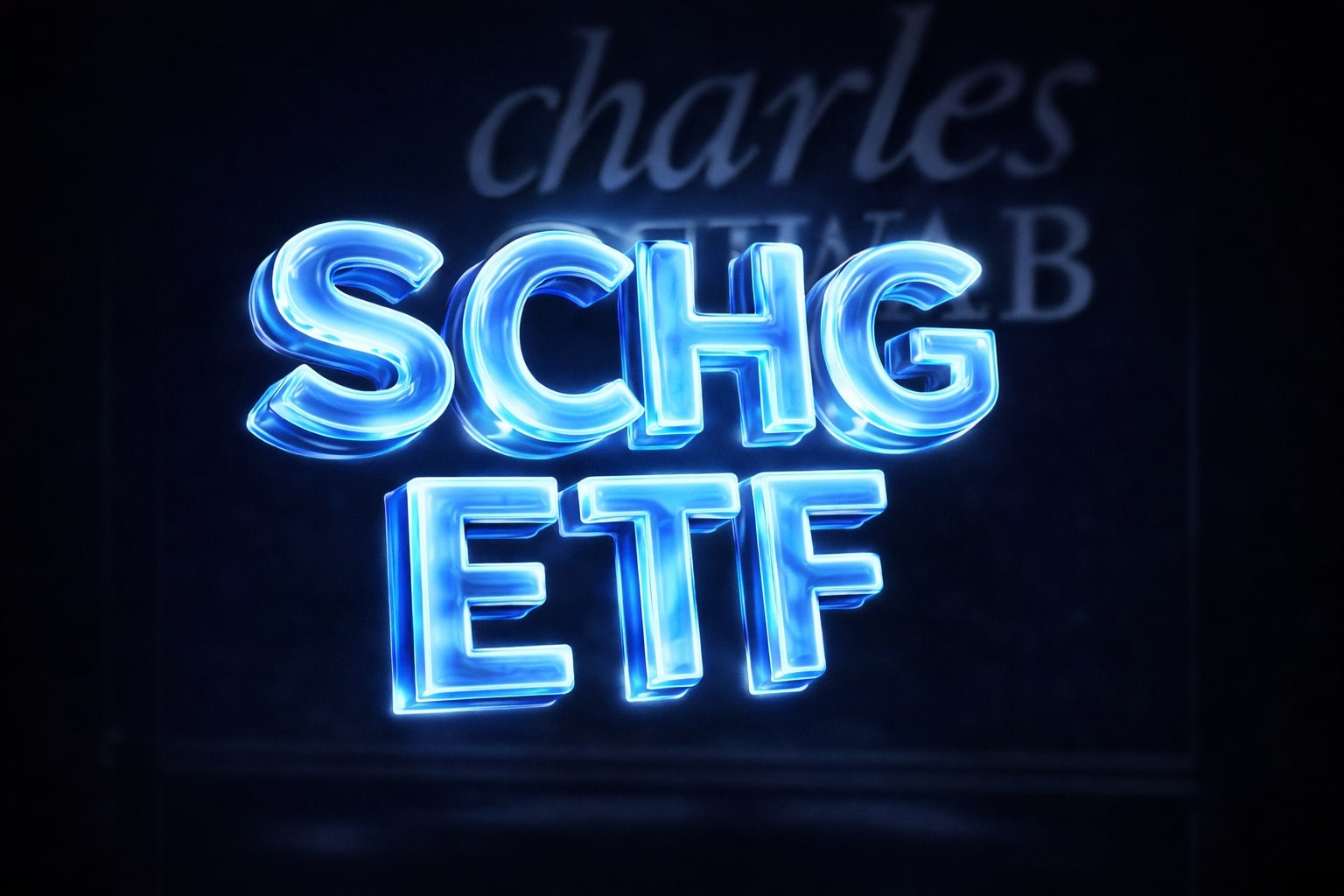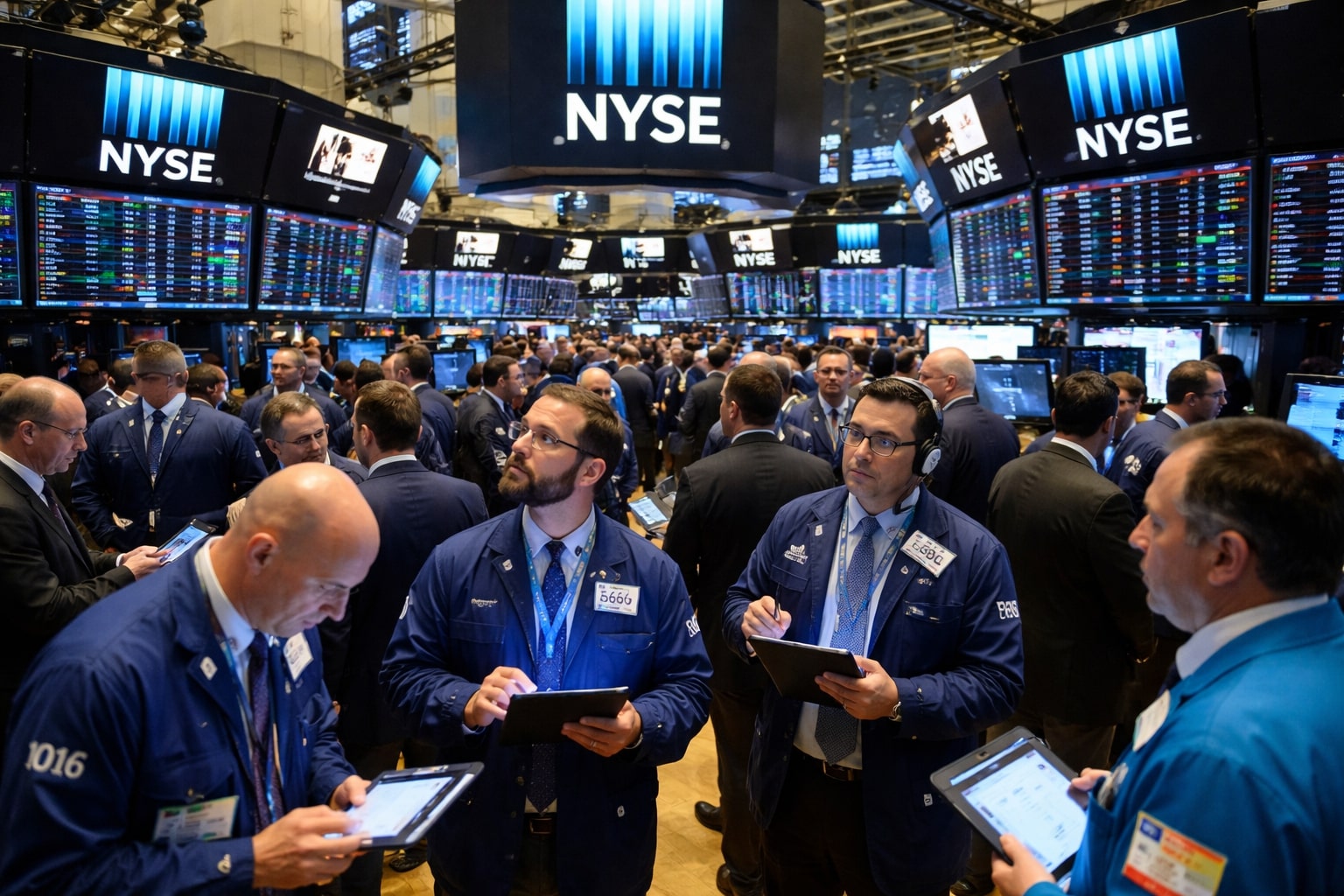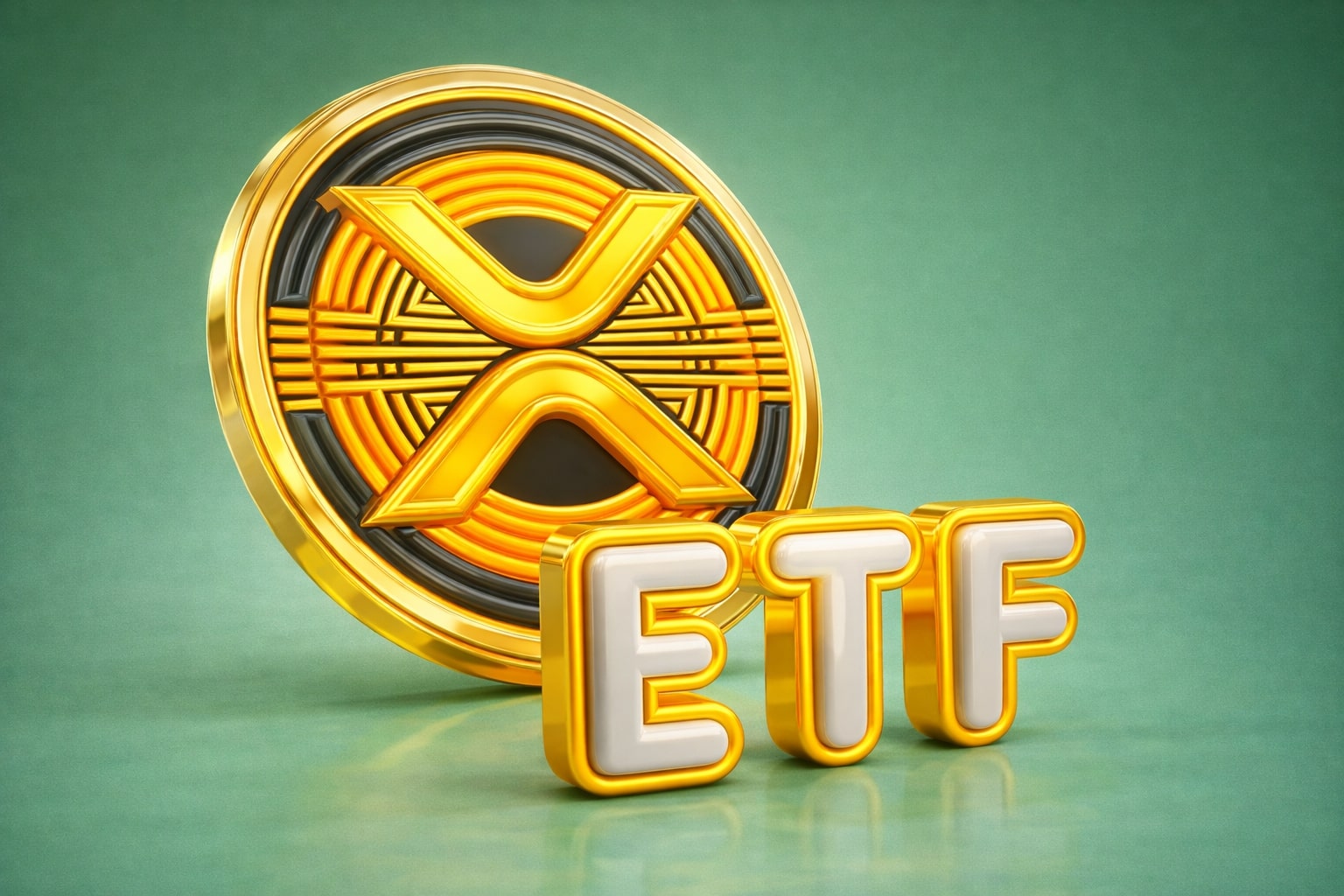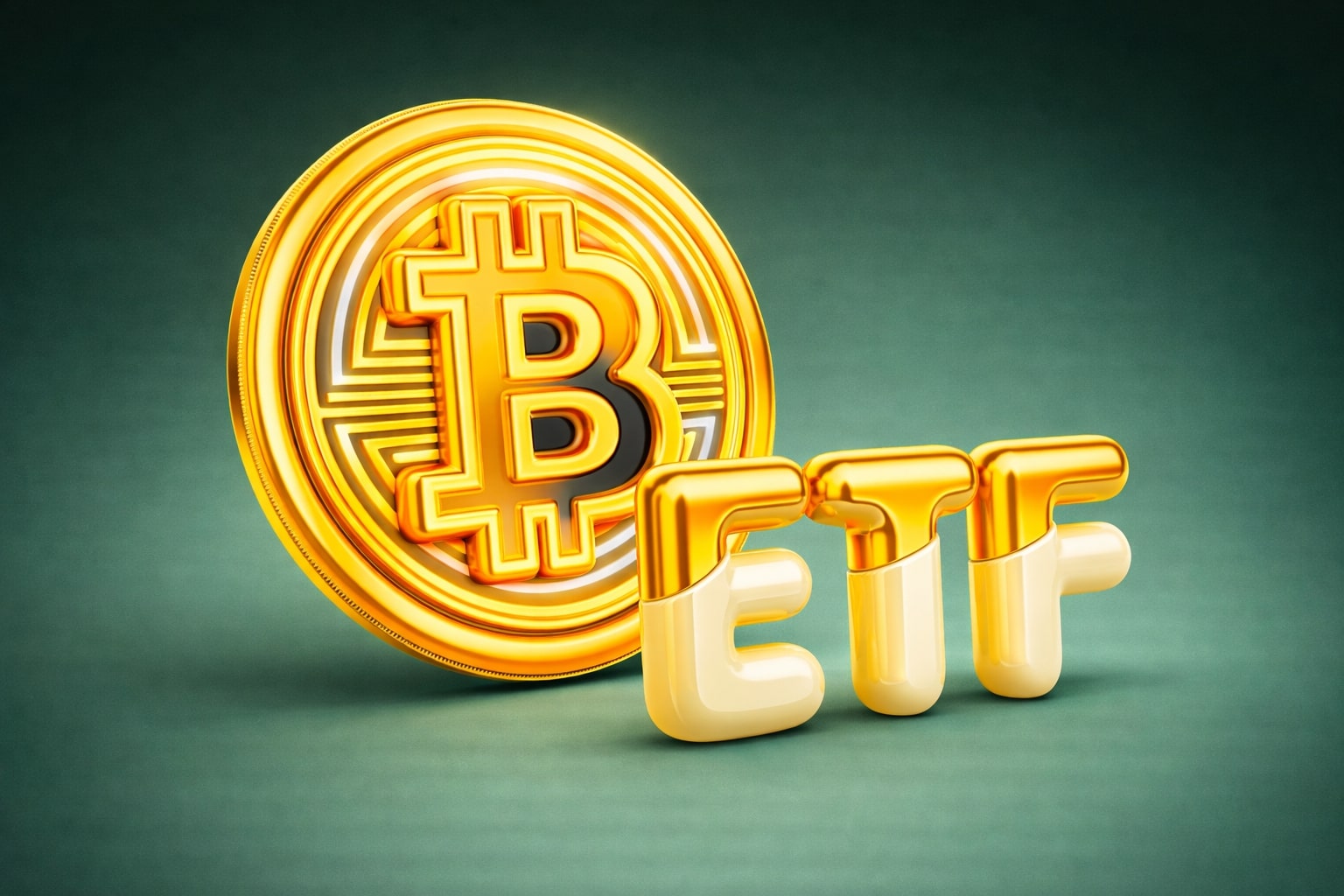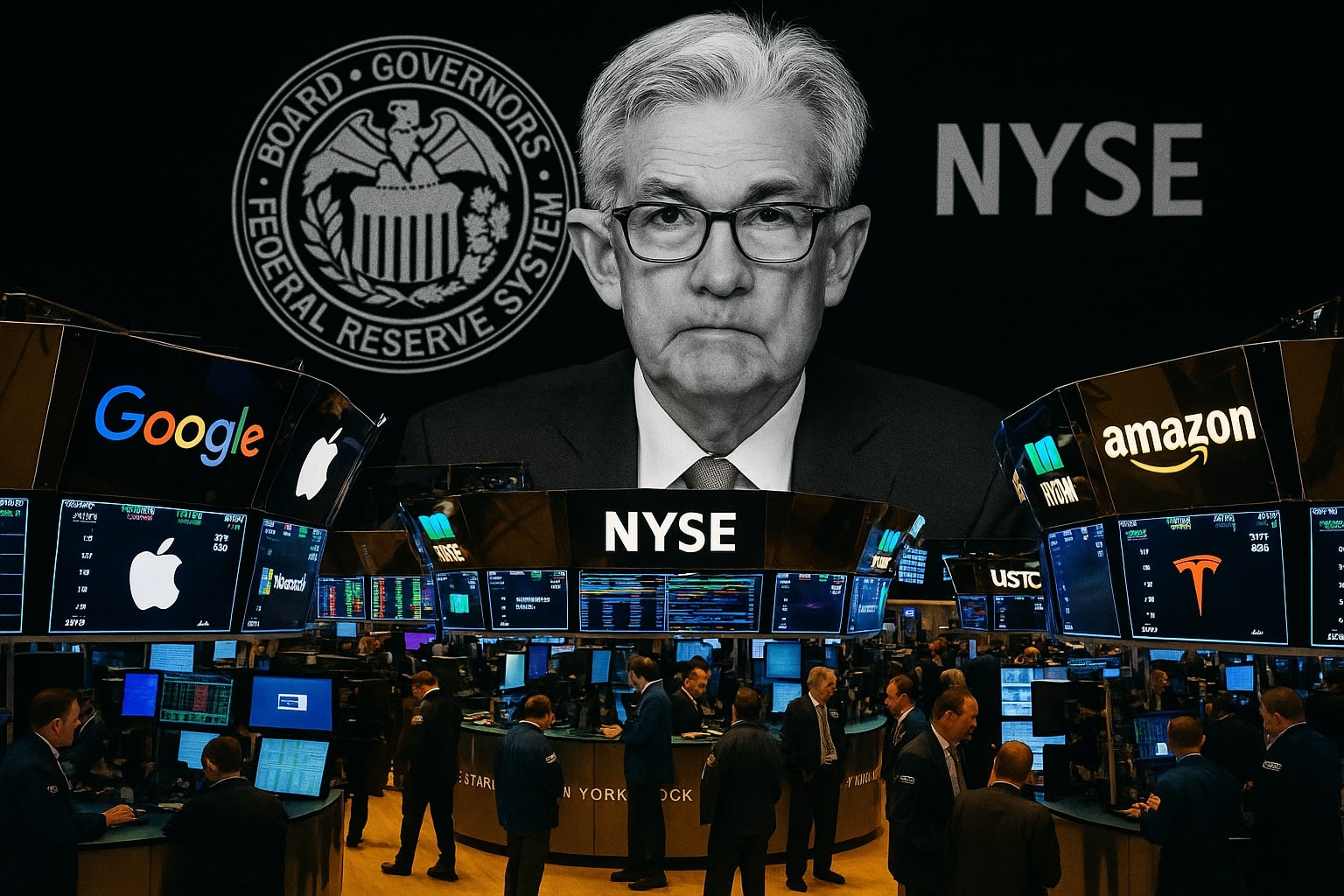
Stock Market Weekly Forecast - S&P 500 at 6,664, Nasdaq +28%, Dow +12%: Fed Cuts and Tariff Shifts Ignite Rally
U.S. indices break records as investors bet on lower rates, AI giants, and easing trade tensions despite geopolitical risks | That's TradingNEWS
Nasdaq, S&P 500 and Dow Power to Records as Fed Eases and Tariffs Recede
The U.S. equity market is heading into the last stretch of September with a momentum rarely seen since the post-pandemic rallies. The S&P 500 (^GSPC) closed the latest week at 6,664.36, gaining nearly 0.5% on Friday and standing over 20% above its April lows when President Trump shocked markets with his “Liberation Day” tariff wave. The Nasdaq Composite (^IXIC), driven by outsized gains in large-cap technology names, has added 28% since April, while the Dow Jones Industrial Average (^DJI) trails with a still-impressive 12% rebound. Small caps have joined the rally: the Russell 2000 (^RUT) notched a new record close for the first time since 2021, highlighting how Fed rate cuts are lifting risk appetite across the board.
Federal Reserve Policy Sparks Bullish Momentum
The long-anticipated rate cut is finally reality. The Fed delivered a 25-basis point reduction, and the dot plot now signals at least two more cuts this year, with outliers like Governor Stephen Miran penciling in as many as six reductions in 2025. This is a decisive pivot from the “higher for longer” stance that weighed heavily on equities through 2023–2024. Fed Chair Jerome Powell did temper expectations by warning that “no risk-free paths” exist, but markets interpreted the shift as a green light. Lower borrowing costs are particularly bullish for tech and small-cap firms, while also easing credit stress across the consumer and housing sectors.
Technology Stocks Dominate the Rally
The sectoral story remains about concentration. Nvidia (NASDAQ:NVDA) gained 0.24% Friday, continuing a year where AI demand has kept earnings and valuation multiples climbing. Apple (NASDAQ:AAPL) surged 3.20%, while Tesla (NASDAQ:TSLA) added 2.21% as investors rotated back into megacaps that suffered in mid-summer. Microsoft (NASDAQ:MSFT) and Alphabet (NASDAQ:GOOGL) remain dominant in index weightings, together with NVDA forming over 20% of the SPDR S&P 500 ETF (NYSEARCA:SPY). The heavy tilt toward these firms explains why the S&P has outperformed more diversified benchmarks. Intel (NASDAQ:INTC) fell 3.24%, but the decline was offset by government-backed partnerships with NVDA that reassured investors about its strategic positioning.
Tariff Reversals and Trade Deals Revive Market Optimism
One reason the April crash has turned into a September melt-up is the unexpected reversal of tariffs. President Trump has rolled back some of the steepest levies, cutting costs for corporates and easing supply chain fears. The new U.S.–China trade agreement removed tit-for-tat duties, setting off a powerful rally as Wall Street banks abandoned forecasts of recession. The S&P’s 5% gain in the past month came even as U.S.–China tensions re-emerged and the Middle East conflict spiked briefly. Investors appear convinced that tariffs will not spiral into runaway inflation and that global growth can remain intact.
Geopolitical Shocks Prove Fleeting
Oil initially jumped when conflict flared between Israel and Iran, dragging equities lower. But with a ceasefire in place and crude stabilizing, those losses evaporated. Analysts note that the S&P 500 and Dow rebounded swiftly, reflecting an investor base that is willing to discount geopolitical shocks as short-lived noise. Tigress Financial’s Ivan Feinseth summarized it bluntly: “The market doesn’t care about geopolitical events.” For now, that assessment is being validated by price action.
Inflation, Employment and the Economic Backdrop
Fresh inflation data showed only a mild uptick, with consumer prices still near their lowest since 2021. Hiring slowed in May, but the labor market remains firm enough to support consumption without sparking runaway wage inflation. The Fed acknowledged labor market weakness as a growing risk, but Powell’s tone suggested the priority is protecting jobs while guiding inflation down. For equities, this “soft landing” backdrop is the optimal scenario: steady growth, cooling prices, and a central bank finally easing.
Read More
-
SCHG ETF Near $33 High As AI Giants Drive 19% 2025 Rally
01.01.2026 · TradingNEWS ArchiveStocks
-
XRP-USD Stuck At $1.87 As XRPI Near $10.57 And XRPR Around $14.98 Despite $1.16B ETF Wave
01.01.2026 · TradingNEWS ArchiveCrypto
-
Natural Gas Price Forecast - NG=F Slides Toward Key $3.57 Support As Ng=F Extends 33% Drop
01.01.2026 · TradingNEWS ArchiveCommodities
-
USD/JPY Price Forecast - Yen Near 156 As Fed Cuts Meet Boj Hawkish Turn
01.01.2026 · TradingNEWS ArchiveForex
Valuation Concerns Around the S&P 500
While the S&P 500 at 6,664 is hitting repeated records, valuations are stretched. Analysts highlight the extreme tech concentration risk: Nvidia, Microsoft, and Apple represent nearly 18–21% of the index weight depending on whether you measure SPY or broader Vanguard Total Stock Market ETF (NYSEARCA:VTI) allocations. That means the entire U.S. equity outlook is tethered to the AI cycle and megacap profitability. Over the past five years, SPY delivered 109% total return versus 103% for VTI, translating into $20,900 vs $20,300 on a $10,000 investment. The difference is marginal, reinforcing that diversification outside the top 500 names does not dramatically alter returns when tech dominates market cap.
ETF Alternatives and Portfolio Construction
Investors worried about overexposure to high-priced tech have looked at alternatives. The Vanguard Value ETF (NYSEARCA:VTV) tilts toward value names, while the Invesco S&P 500 Revenue ETF (NYSEARCA:RWL) reweights the index by revenue instead of market capitalization. These products aim to cushion downside if megacaps falter. Yet, even VTI, which holds over 3,500 stocks, is still heavily influenced by NVDA, AAPL, and MSFT because of their massive market caps. The 500th largest holding in VTI accounts for just 0.02%, underscoring how broader exposure doesn’t always reduce concentration risk.
European Earnings to Watch: TUI and JD Sports
Beyond the U.S., European corporates reporting next week include TUI AG (ETR:TUI1) and JD Sports Fashion (LSE:JD.). TUI heads into its update with Q3 revenues up 7% to €6.2bn and operating profit surging 38% to €321mn, though bookings are down 2% year-on-year due to heatwaves and geopolitical drag. Net debt has fallen to €1.9bn, raising speculation of a future dividend return. JD Sports, meanwhile, saw like-for-like sales fall 3% in Q2, but U.S. acquisitions like Hibbett now drive 36% of sales, keeping full-year profit guidance near £885mn. Both updates will test the resilience of consumer discretionary spending under macro pressure.
Market Outlook and Investment Verdict
With the S&P 500 projected by analysts to climb toward 6,500–6,700 by year-end, the bias remains bullish, though with volatility spikes likely from tariffs, oil, and Fed messaging. The Nasdaq remains the strongest trend vehicle, benefiting from AI leadership and rate-sensitive valuations. The Dow should continue its slower but steady catch-up as industrial and financials gain from a softer dollar and cheaper credit. Given the backdrop — easing Fed, tariff rollbacks, strong corporate earnings — the call here is Buy on U.S. equities into Q4 2025, while monitoring tech concentration risk.














